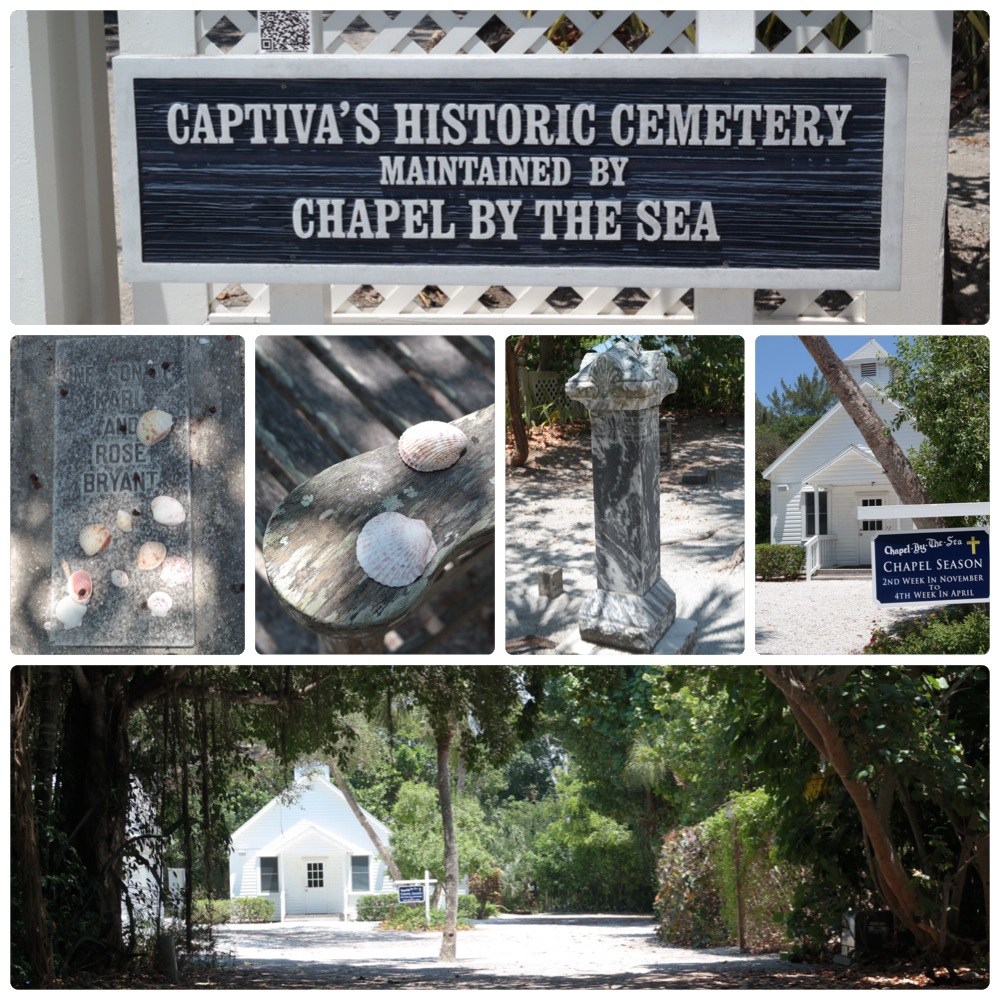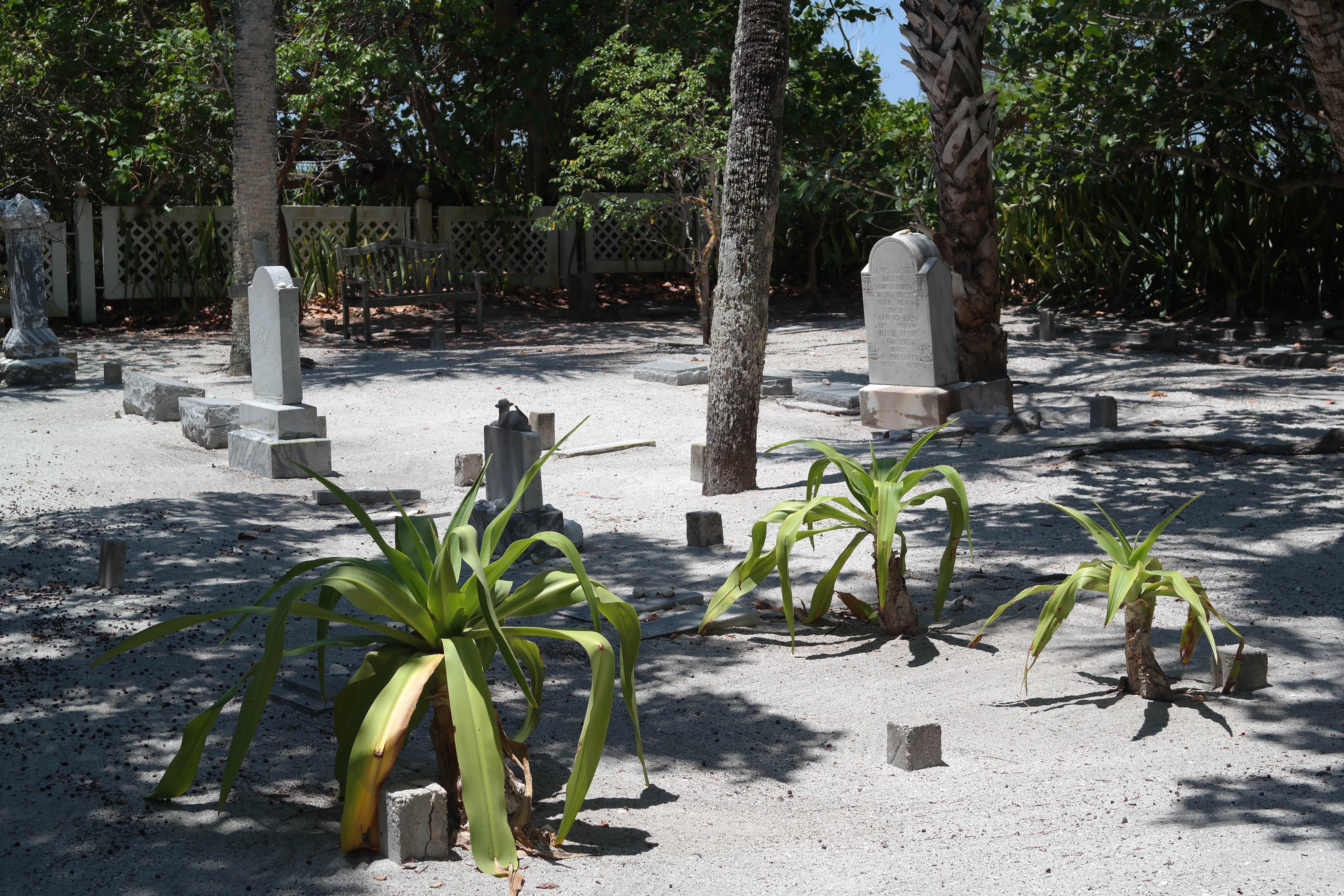If you want to escape the hustle and bustle of stressful everyday life, there aren’t many places better than these two gems. Starting with a speed limit of mostly 30mph or below, arriving here is going to slow you right down. Once I got over the initial ‘this is so slow’ frustration, I actually started to really relax and enjoy cruising through the islands at a slow pace.
My first stop was going to be J.N. ‘Ding’ Darling Nature Refuge, or ‘ding dong’ refuge, as the older man at the gas station called it quite seriously, upon which I had to suppress a facetious comment or two…
After taking a few wrong turns (it is interesting how easy it is to get lost on such a small island), I actually made it to the refuge, but to my huge disappointment, the wildlife drive was closed! So be warned, they give the wildlife a ‘rest day’ on Fridays. Well, I guess we all need to relax sometimes!
The refuge is named after Jay Norwood ‘Ding’ Darling (no ‘ding dongs’ in this name), who first came to Sanibel in 1935, and actively campaigned for the preservation of the islands’ ecosystem. This resulted in the 1945 opening of the J.N.’Ding’ Darling wildlife refuge, which preserves more than 6300 acres of mangrove, bay and estuary. It is noted particularly for bird watching (www.sanibel-captiva.com).
Well, I continued on my merry trip up to Captiva, where, it became apparent, there was no parking anywhere on the beaches, or in fact anywhere at all, unless you were a patron in one of the shopping squares. There were queues outside the one tiny beach parking lot. So what else was there to do than to become a patron, park the car and run over to the beach to snap a few pictures and back.
On my quest to find somewhere to stop, I stumbled upon the ‘Chapel By The Sea’. A pristine beautiful small little chapel surrounded by palms and trees and native vegetation of all kinds. I don’t know how many photographs from how may angles I actually took in the end, but at least a dozen. Then, a jolly and sweet lady appeared out of nowhere, and we got chatting. Her name was Queenie, and she knew all about the chapel and adjacent historic cemetery. She enthusiastically pointed me to the historic cemetery, and informed me that both are historic listed places. The chapel was originally constructed as a schoolhouse (but used for religious services occasionally) in 1903, and later purchased by the Methodist Church. It began regular church services only in 1948 (http://www.captivachapel.com/our-history).
The cemetery bears the grave stones and markers of many early settlers that came to the island in the late 19th century, as well as confederate soldiers and more recent graves. One can still be buried (cremated remains) in the cemetery, but must have a connection to Captiva. It truly is a magical, atmospheric and spiritual place. However, you will note that it is also laced with some tragedy. I was struck by how many little headstones with infant graves I saw and later read that one of the first settlers on the island, Harriet and Herbert Brainerd, in fact, lost a total of 10 infants.
Sanibel and Captiva are wonderful, cute and quaint places, but for me the highlight of the day were the chapel and cemetery. A ‘must-see’ for anyone who visits the islands.



